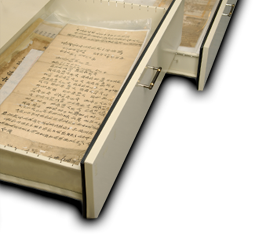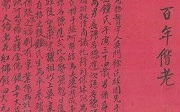1. Formation of Condolence Teams
Taiwan Shinminpo, as a primary media outlet for the Taiwanese people and a conduit for information dissemination, actively participated in post-disaster relief efforts. In addition to donating 6,000 yen, the newspaper mobilized efforts to collect donations of goods such as clothing, bedding, and food. Citizens could deliver these items to various branch offices of Taiwan Shinminpo, which would then distribute them directly to disaster areas and relief teams.
The influx of donations and goods was organized into condolence teams by Taiwan Shinminpo, who traveled deep into the disaster zones to deliver these supplies. According to reports, a relief team departed from the Taipei headquarters on the afternoon of May 13, 1935. They first visited places like Zhunan and Toufen, then proceeded to Miaoli County in the evening, despite the extremely challenging conditions due to earthquake-damaged roads and bridges. The journey was so difficult that they arrived at their destination around 11 pm.
In addition to Taiwan Shinminpo, other media outlets such as Taiwan Shinbun (臺灣新聞) and Taichu Shinpo (臺中新報) also fearlessly ventured into the disaster areas to conduct investigations and deliver essential supplies.
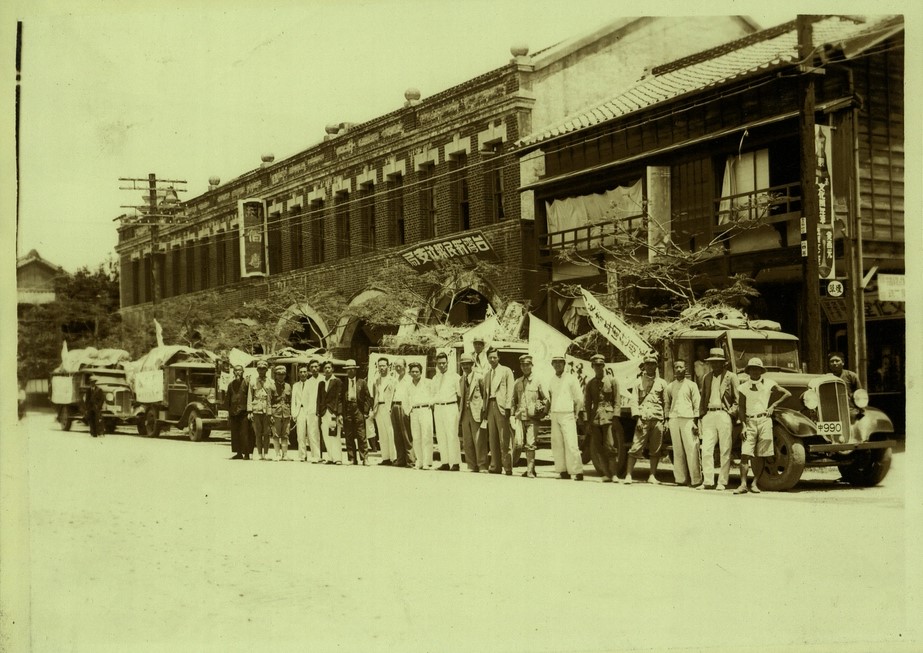
Figure 15 A group photo of the relief team was taken in front of the Taiwan Shinminpo branch office, with vehicles in the background loaded with supplies ready to be transported to the disaster area.
Source: Photos Related to the Taiwan Earthquake of 1935 Part 4, Yang Zhao-jia Collection (LJK), 1935, Digital Collection of Archives of Institute of Taiwan History, Academia Sinica.
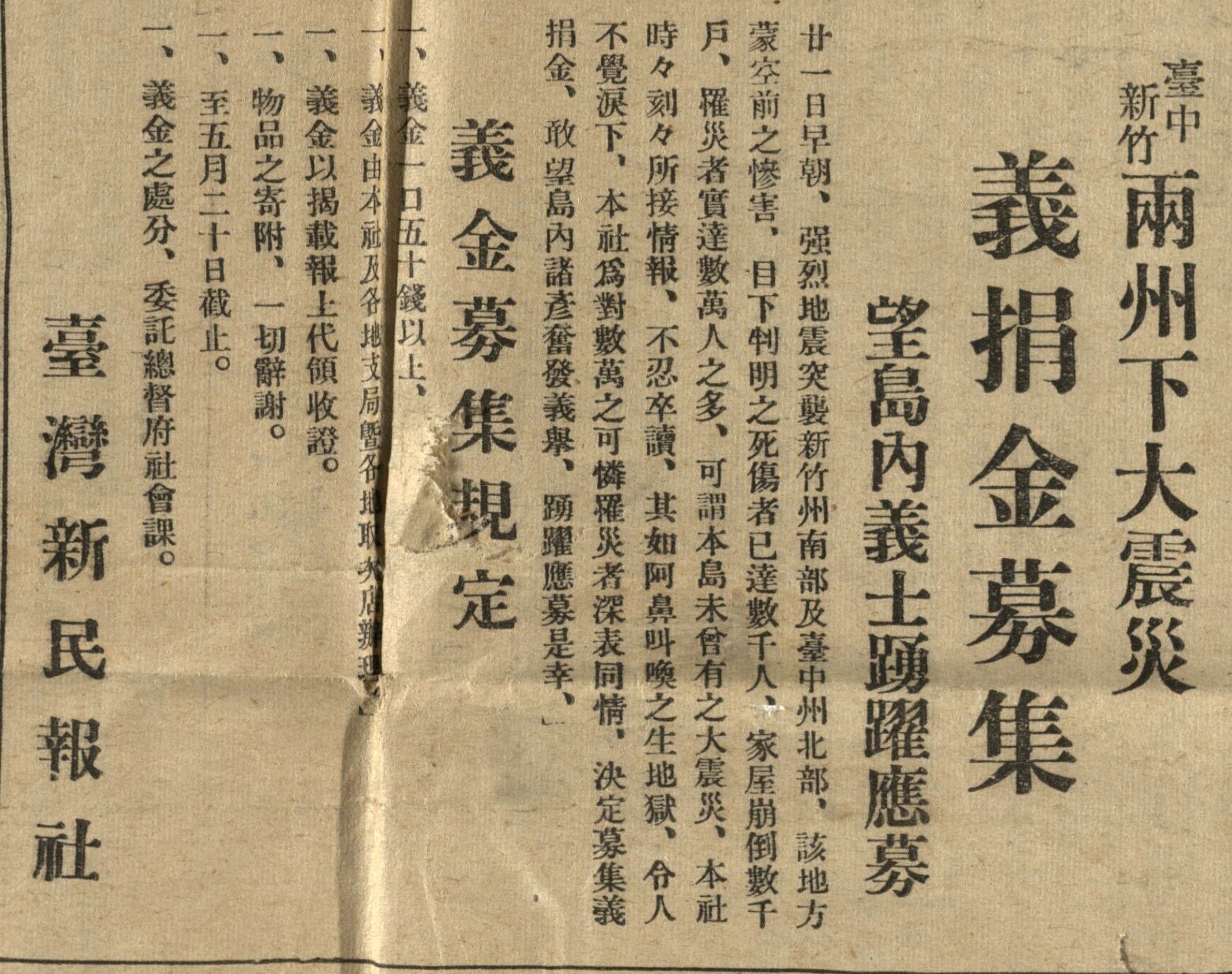
Figure 16 April 22, 1935, Taiwan Shinminpo's Earthquake Relief Fundraising Announcement.
Source: Taiwan Great Earthquake Part 1, Yang Zhao-jia Collection (LJK), 1935, Digital Collection of Archives of Institute of Taiwan History, Academia Sinica.
2. Organizing Charity Concerts
Taiwan Shinminpo, bearing social responsibility after the earthquake, assembled musicians from both domestic and international backgrounds to form a group that toured Taiwan, holding charity concerts whose proceeds were used for disaster relief. Represented by Tsai Pei-huo (蔡培火), Taiwan Shinminpo planned the "Earthquake Charity Concerts," leading the group of musicians on a tour from July 3 to August 13, 1935. They performed in 37 shows across 36 locations in Taiwan, raising funds to aid those affected by the disaster. Participating musicians included Taiwanese, Japanese, and Western artists. The tour spanned over 50 days, reaching deep into Taiwan, even as far as eastern regions like Hualien, Taitung, and Yuli. Beyond demonstrating solidarity, the Earthquake Charity Concerts held a deeper significance by promoting musical culture and reaching remote mountain villages, achieving significant impact.
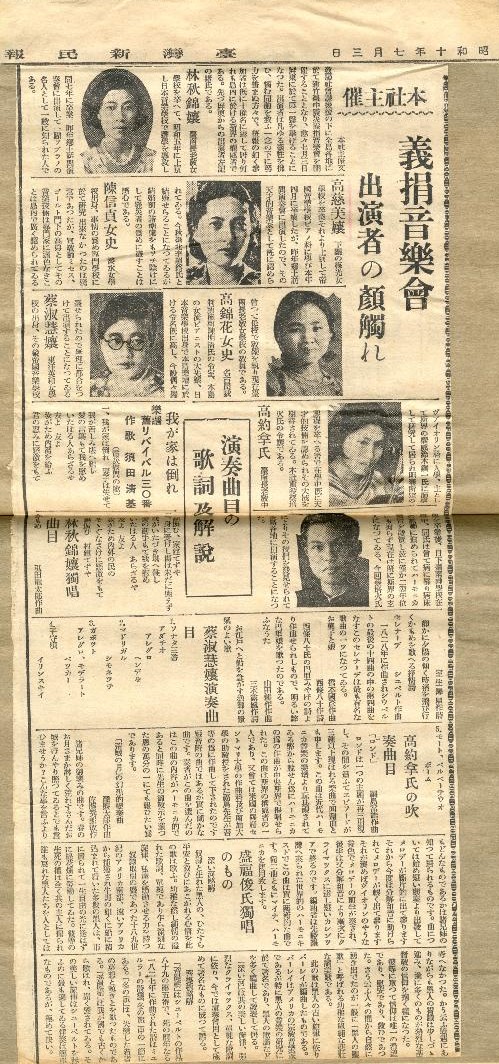
Figure 17 Taiwan Shinminpo's Report on the Charity Concert
The first stop of the Earthquake Charity Concert tour organized by Taiwan Shinminpo was in Pingtung. On that day, Taiwan Shinminpo reported on the backgrounds and experiences of the performers involved in the charity concert. Some of these performers were actively engaged in music education, nurturing numerous talents in the field.
Source: Clippings from concerts involving Gao Ci-mei, Gao Ci-mei Papers (3GCM), 1935, Digital Collection of Archives of Institute of Taiwan History, Academia Sinica.
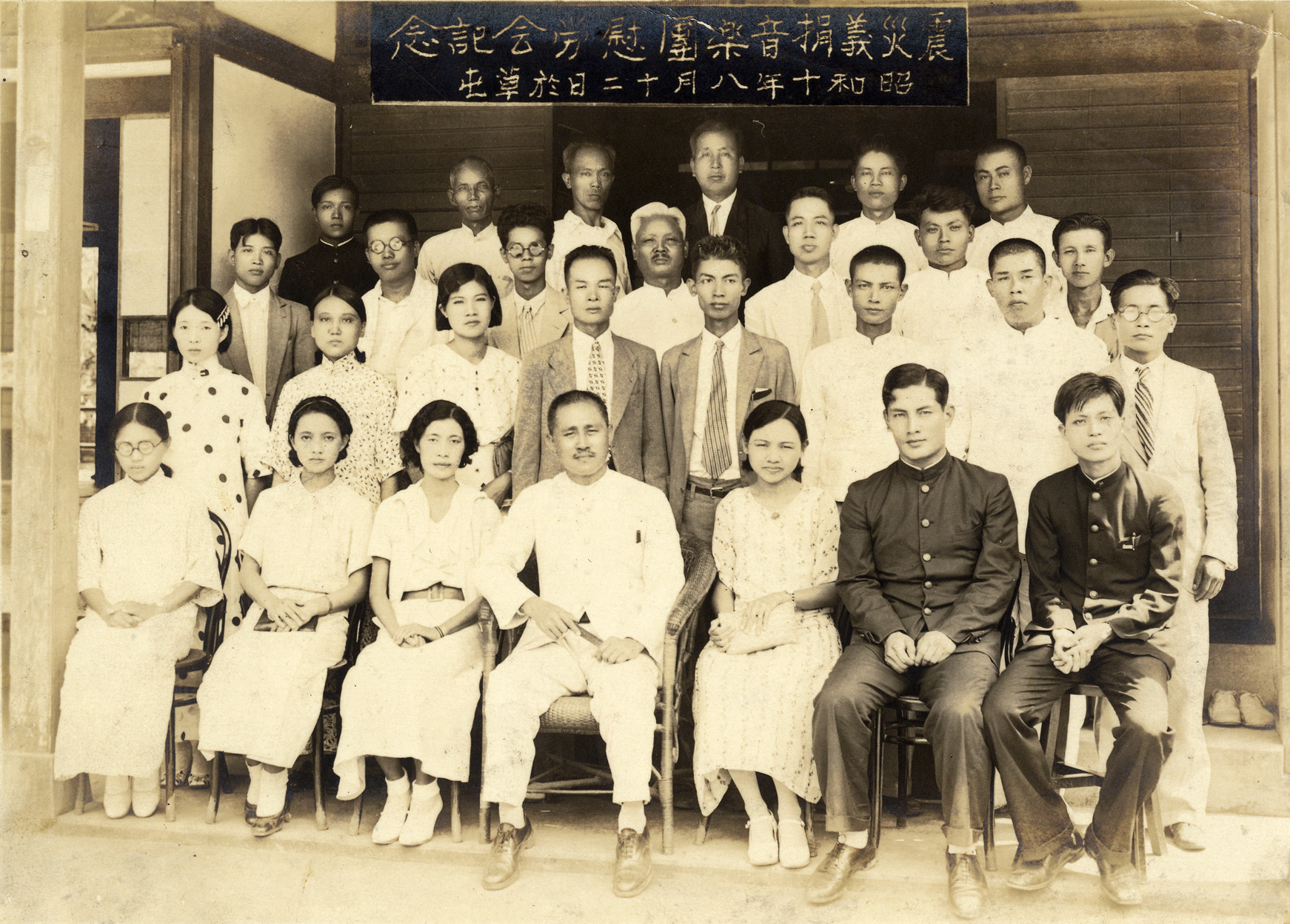
Figure 18 Commemorative Group Photo of the Earthquake Charity Concert Tour on August 12, 1935
Front row, left to right: Tsai Shu-hui (蔡淑慧), Gao Ci-mei (高慈美), Lin Qiu-jin (林秋錦), Tsai Pei-huo (蔡培火), Chen Xin-zhen (陳信貞), Lin Cheng-mu(林澄沐), Gao Yue-na (高約拿). Among them, Tsai Shu-hui, Gao Ci-mei, Chen Xin-zhen, and Gao Yue-na participated in performances throughout the entire tour, showing great enthusiasm.
Source: Commemorative Gathering of the Earthquake Charity Concert Tour in Caotun, Gao Ci-mei Papers (3GCM), 1935, Digital Collection of Archives of Institute of Taiwan History, Academia Sinica.

Figure 19 Flyer for the Earthquake Charity Concert
The concert was scheduled for August 5, 1935, at the Guild Hall in Yilan. It featured performances on harmonica, piano, violin, and other musical instruments. Tickets for the concert were available in three categories: White tickets for 1 yen, Blue tickets for 50 cents, and Red tickets for 30 cents. All proceeds from ticket sales were designated for the disaster relief fund.
Source: Program and Admission Tickets for the "Hsinchu-Taichung Earthquake Charity Concert," Gao Ci-mei Papers (3GCM), 1935, Digital Collection of Archives of Institute of Taiwan History, Academia Sinica.
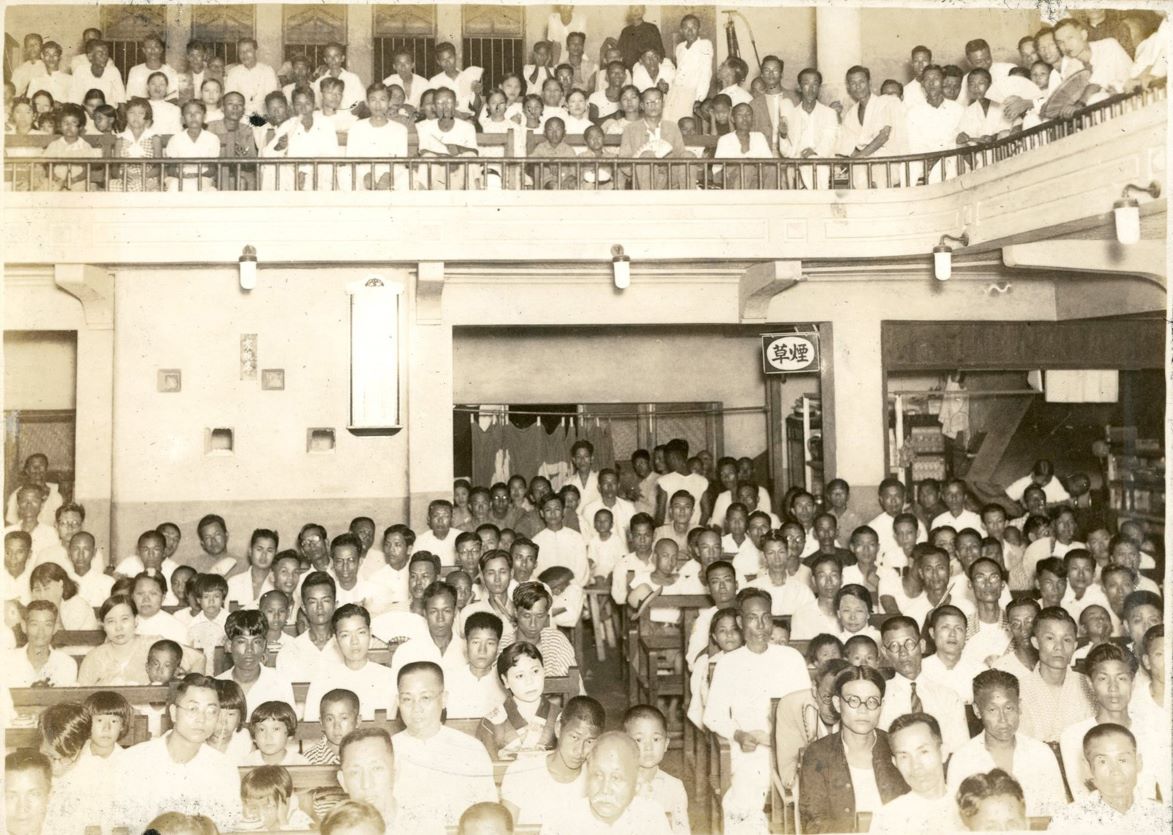

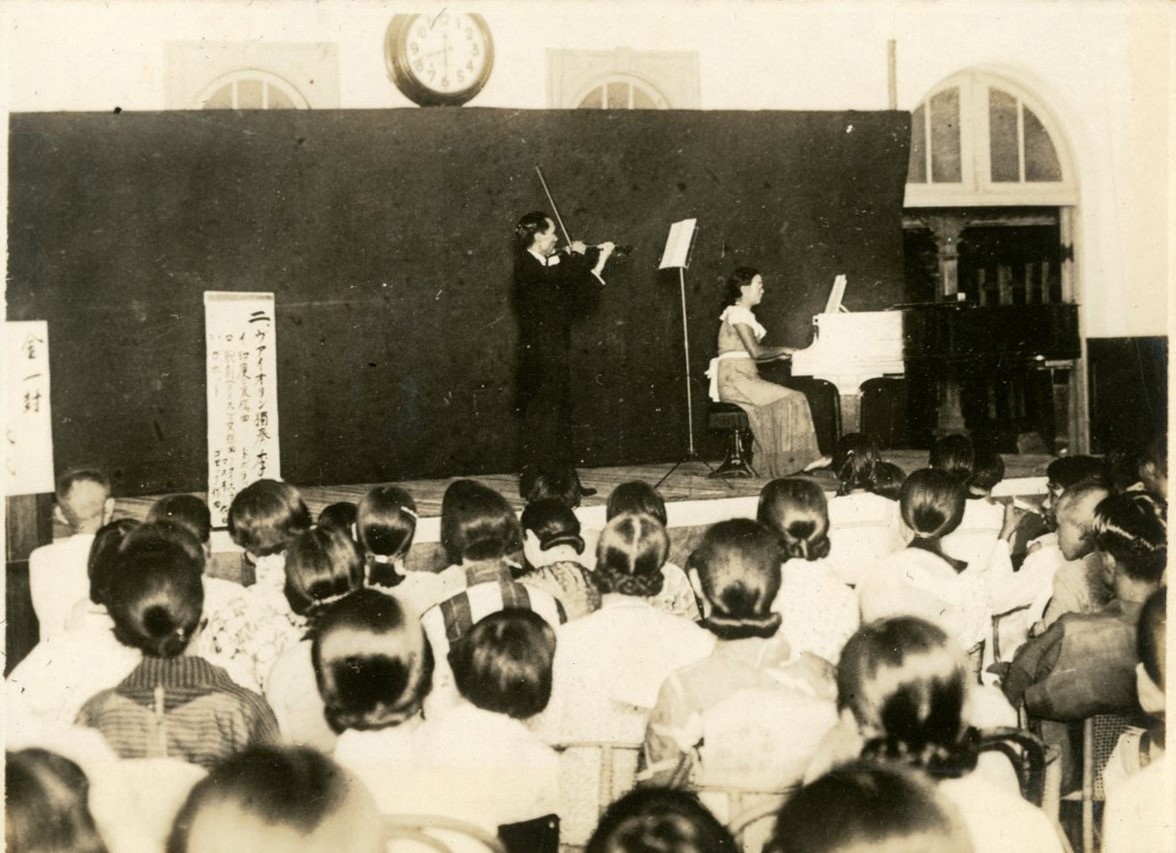
Figure 20 Scenes from the Charity Concert Tour
The concert was scheduled for August 5, 1935, at the Guild Hall in Yilan. It featured performances on harmonica, piano, violin, and other musical instruments. Tickets for the concert were available in three categories: White tickets for 1 yen, Blue tickets for 50 cents, and Red tickets for 30 cents. All proceeds from ticket sales were designated for the disaster relief fund.
Source: Program and Admission Tickets for the "Hsinchu-Taichung Earthquake Charity Concert," Gao Ci-mei Papers (3GCM), 1935, Digital Collection of Archives of Institute of Taiwan History, Academia Sinica.
